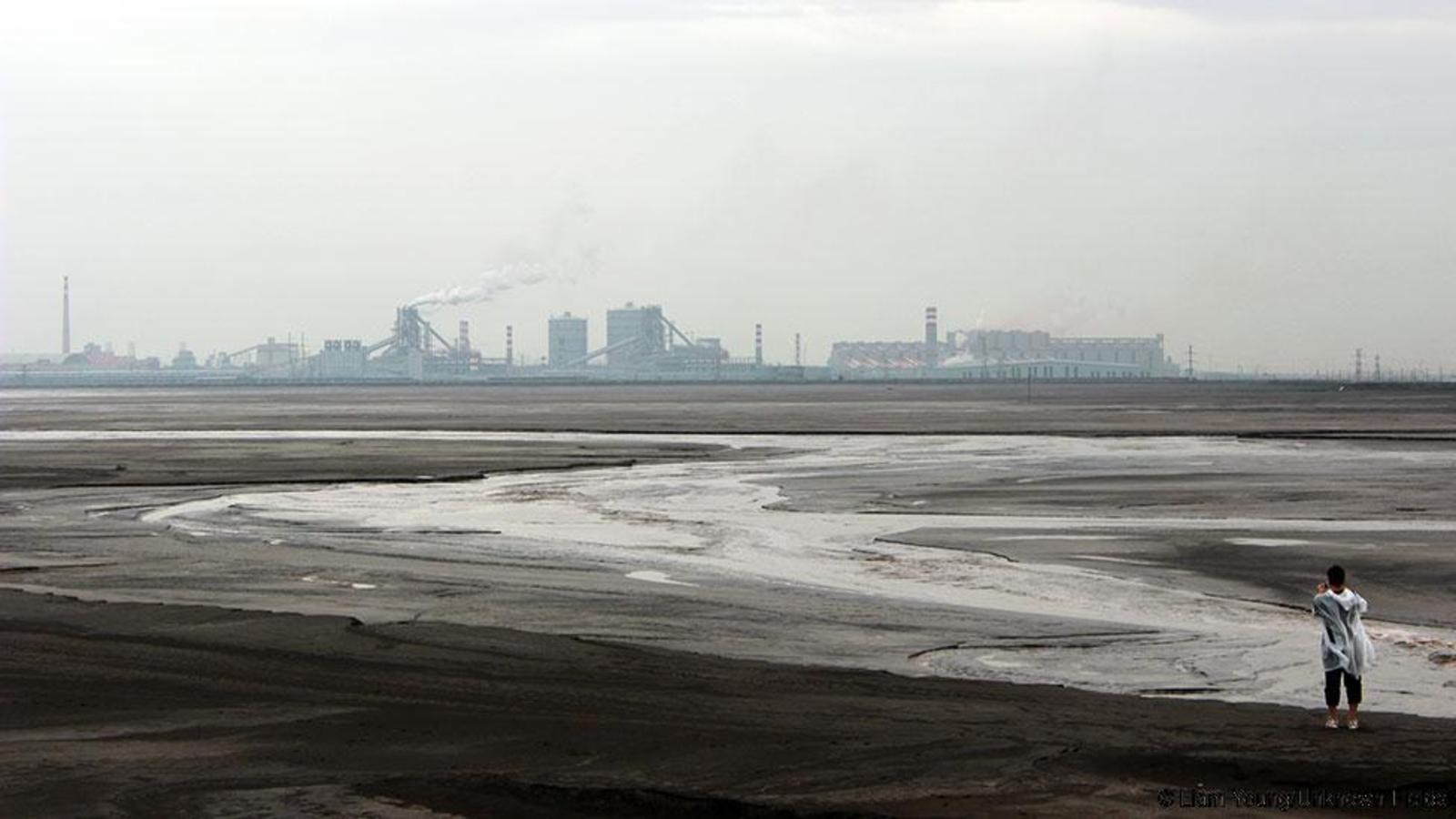The Ultra-Pure, Super-Secret Sand That Makes Your Phone Possible
Alex Glover is a recently retired geologist who has spent decades hunting for valuable minerals in the hillsides and hollows of the Appalachian Mountains that surround Spruce Pine, North Carolina. The wooded mountains surrounding it, though, are rich in all kinds of desirable rocks, some valued for their industrial uses, some for their pure prettiness. But it’s the mineral in Glover’s bag — snowy white grains, soft as powdered sugar — that is by far the most important these days. It’s quartz, but not just any quartz. Spruce Pine, it turns out, is the source of the purest natural quartz — a species of pristine sand — ever found on Earth.
This ultra-elite deposit of silicon dioxide particles plays a key role in manufacturing the silicon used to make computer chips. In fact, there’s an excellent chance the chip that makes your laptop or cell phone work was made using sand from this obscure Appalachian backwater. Most of the world’s sand grains are composed of quartz, which is a form of silicon dioxide, also known as silica. High-purity silicon dioxide particles are the essential raw materials from which we make computer chips, fiber-optic cables, and other high-tech hardware — the physical components on which the virtual world runs.

